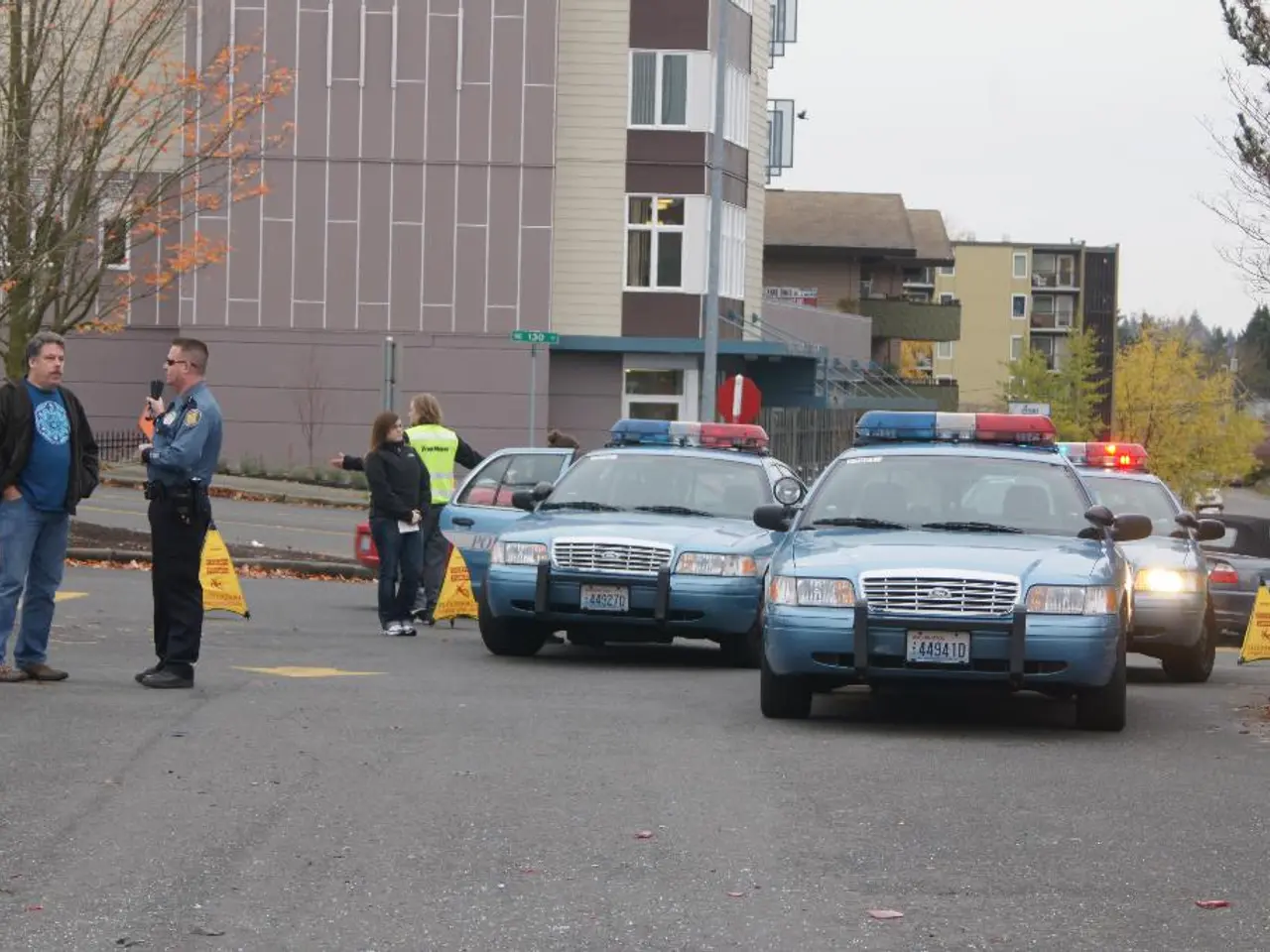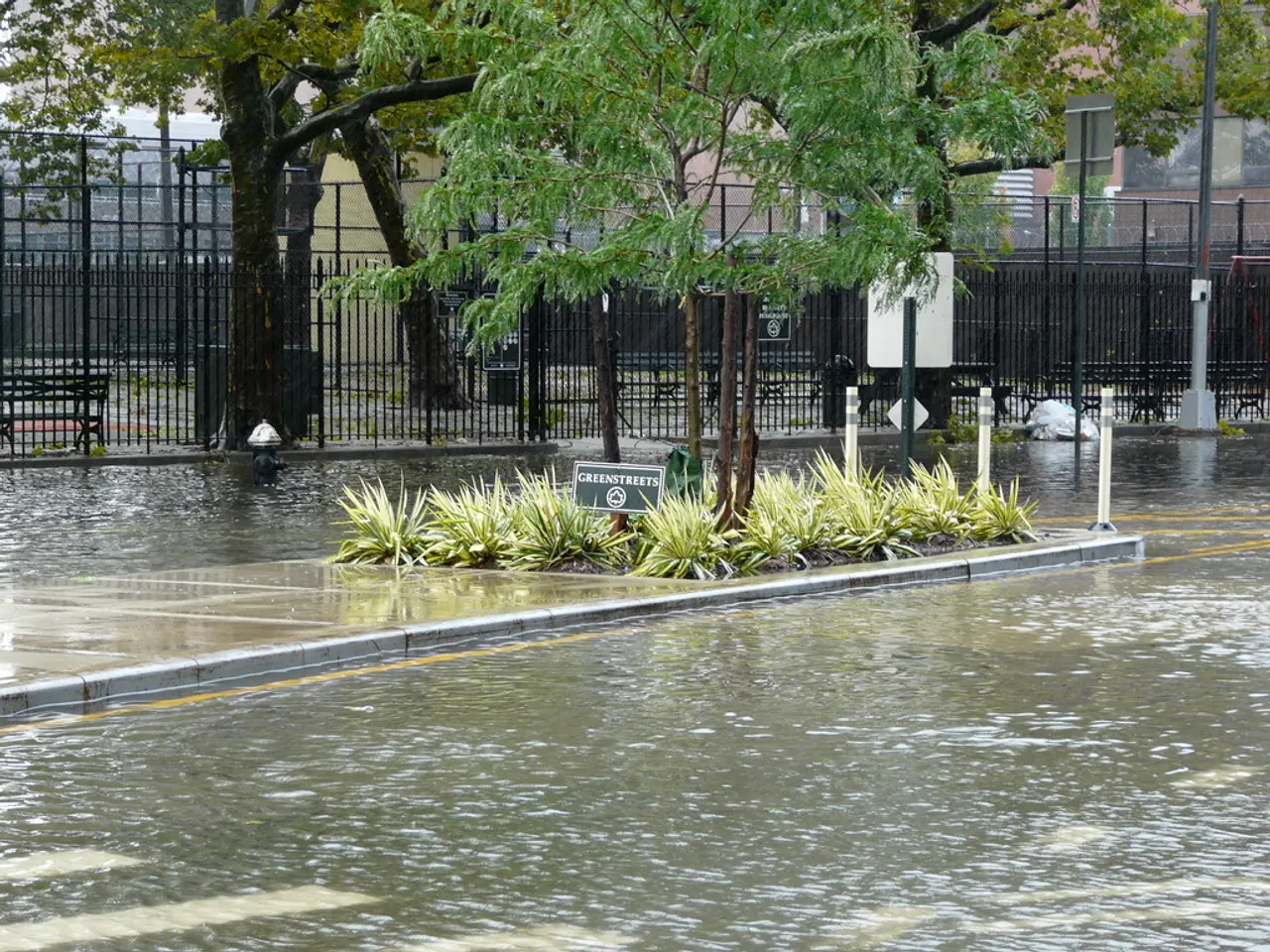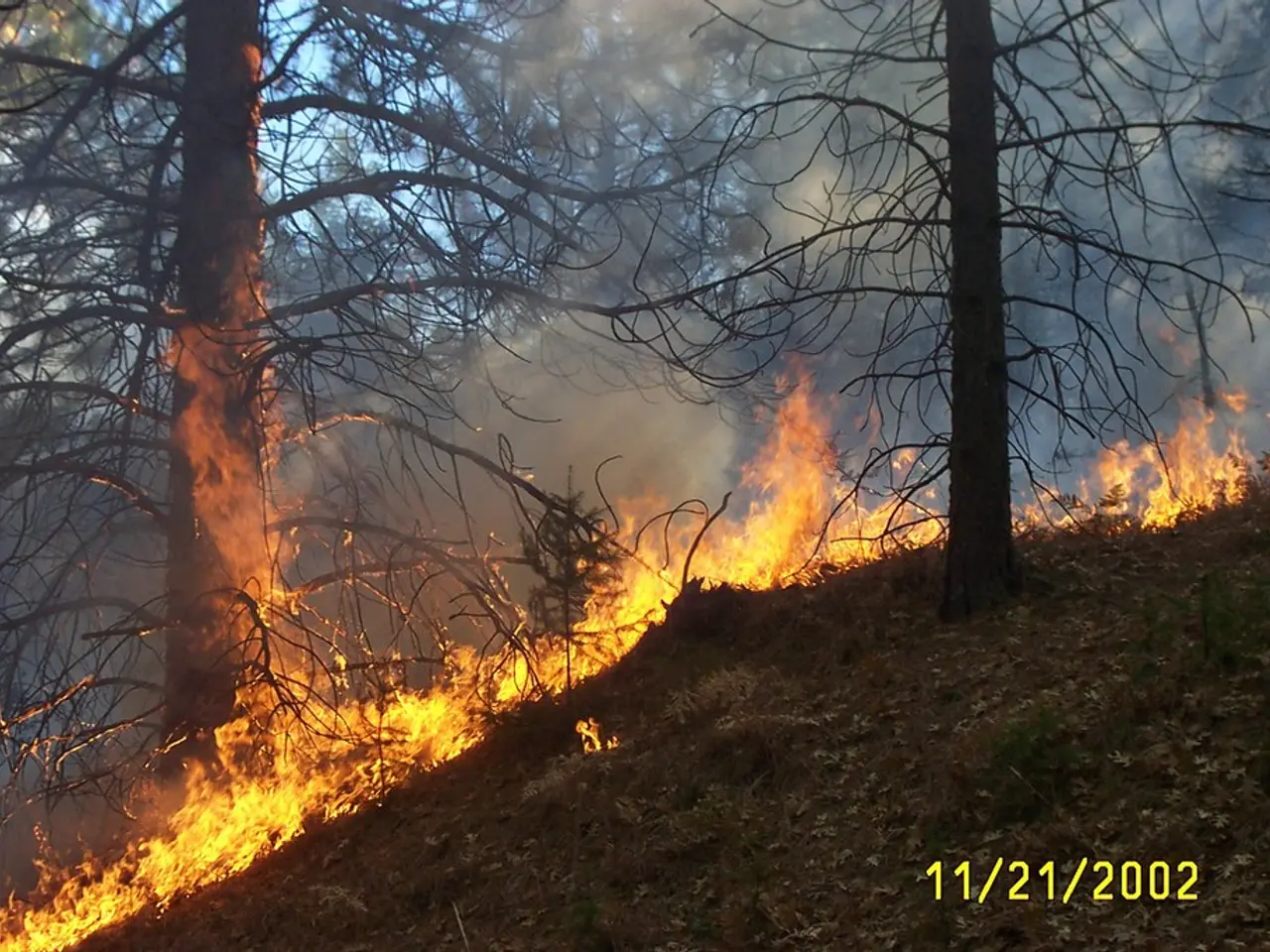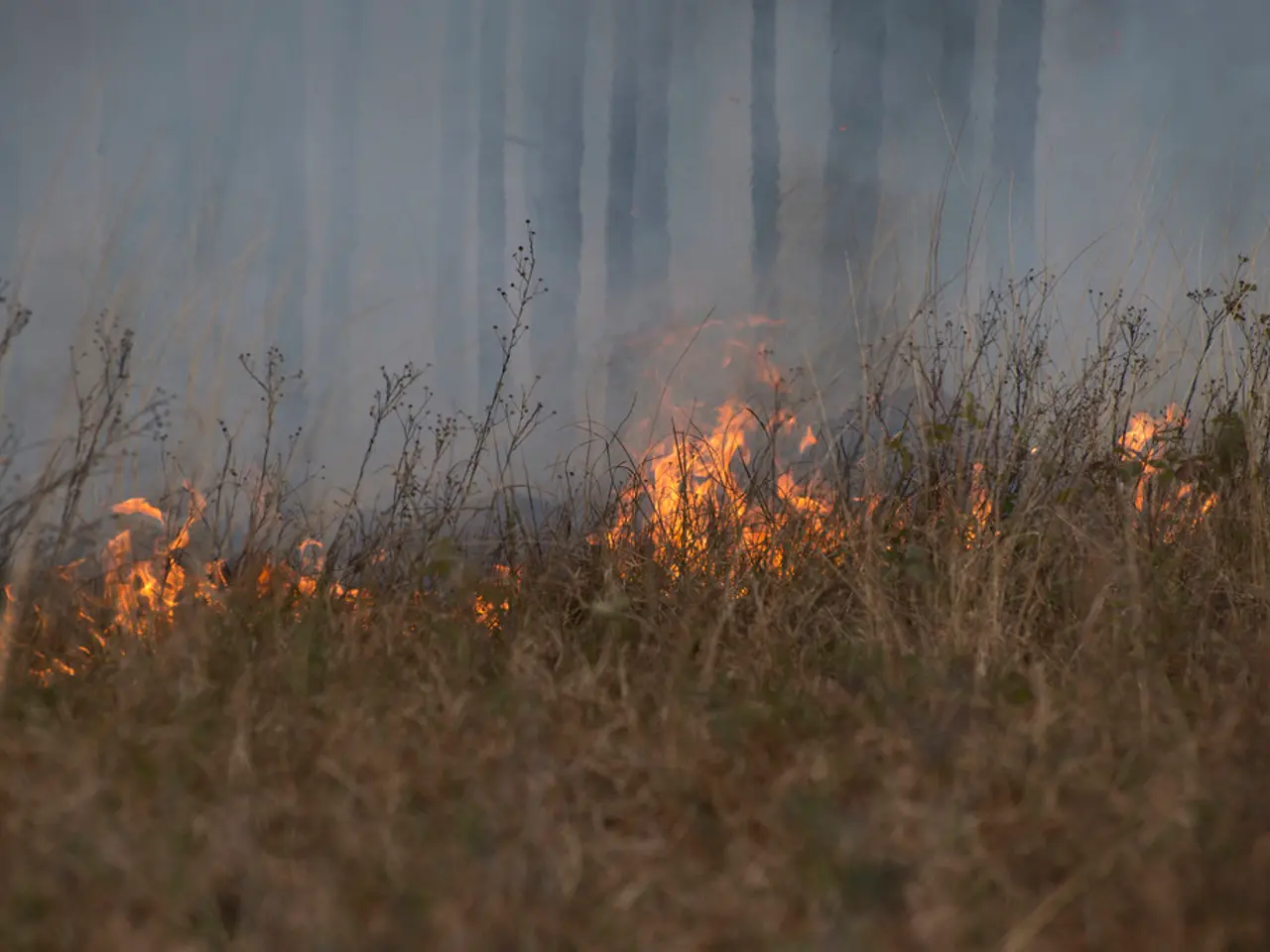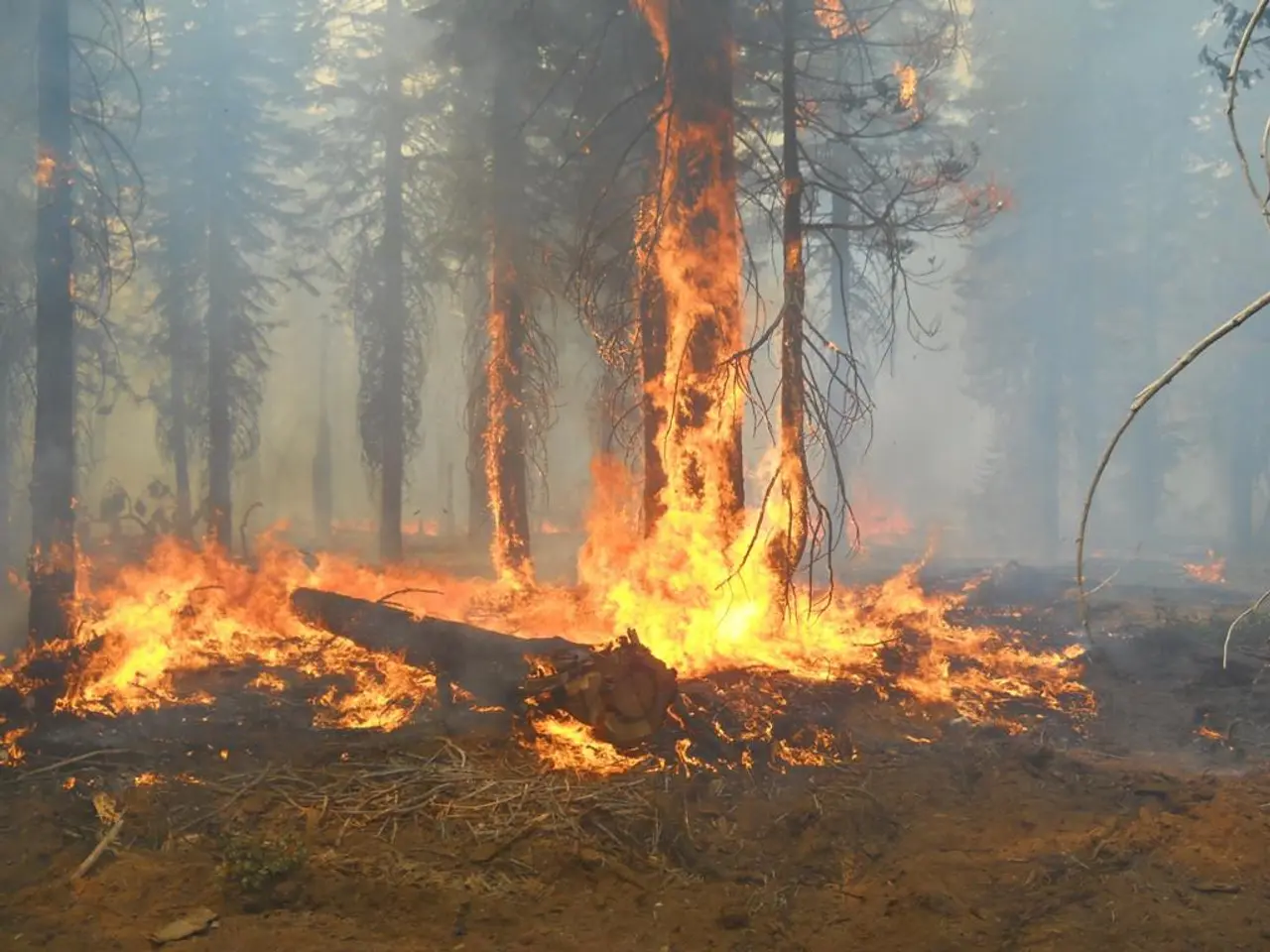Nationwide, floods similar to the one that ravaged Texas hold the distinction as the deadliest weather-related disasters
In the aftermath of a devastating flash flood in the Hill Country of Texas, local communities are calling for enhanced flash flood warning systems to better protect residents from the nation's deadliest weather-related hazard.
On Friday morning, at least 10 inches (25 centimeters) of rain fell in a short span, causing the Guadalupe River to surge 26 feet (8 meters) in just 45 minutes before dawn. The rapid rise swept away homes and vehicles in Kerr County, claiming at least 27 lives and leaving more than 20 girls attending a summer camp missing.
Judge Rob Kelly, the county's chief elected official, stated that Kerr County does not have a warning system. Kelly expressed concern that no one in the area knew a flood of this magnitude was coming. Flash floods, known for their sudden and swift onset, can occur in both rural areas and large cities, even in normally tranquil streams and creeks.
Communities in Texas, especially those without existing warning systems, are working to improve their flash flood warning capabilities. Key approaches and challenges include the demand for river-specific siren systems, maintenance and reliability of river gauges, technological upgrades, automated mobile phone alerts, practical evacuation planning, legislative attention, and enhanced coordination among agencies.
Residents and officials are calling for the installation of tornado-like sirens specifically designed for river flooding alerts to warn communities faster. Current sirens mainly address tornado warnings, and there is a push to develop alerts tailored to flash floods along rivers such as the Guadalupe River.
Poorly maintained river gauges often fail to transmit accurate or timely data during flash floods, limiting early-warning effectiveness. Upgrading and maintaining these gauges is critical to improving flood forecasting and alerts.
The federal government has pledged to modernize warning systems to improve lead times for extreme weather events. This includes adding more meteorologists to National Weather Service (NWS) offices during storms and integrating new technologies.
Automated alerts sent to mobile phones in threatened areas are being used as a component of warnings. However, questions remain whether these alerts come early enough for effective evacuations, especially during overnight floods.
Discussions emphasize the need for proactive evacuation of high-risk populations, such as children and the elderly, in flood-prone areas. Yet, officials face the challenge of balancing frequent alerts with the unpredictable nature of flash floods and community readiness to respond.
The Texas legislature is expected to address flash flood warning system improvements in upcoming sessions, considering the high risks throughout "Flash Flood Alley"—a term used for the region with frequent catastrophic floods.
Lt. Gov. Dan Patrick warned of the potential for heavy rain and flooding. As more heavy rains were expected on Saturday, flash flood warnings and flood watches remained in effect for parts of central Texas.
Despite the tragic events, the community remains resilient, with at least 850 people having been rescued, including some by helicopter. However, the need for improved flash flood warning systems is clear, as nearly half of all flood-related fatalities involve vehicles.
[1] "Texas Communities Urge Improved Flash Flood Warning Systems After Deadly Hill Country Flood," Texas Tribune, [date], [2] "Improving Flash Flood Warning Systems in Texas," Texas State University, [date],
Weather-related hazards, such as flash floods, pose significant risks to communities, particularly those lacking adequate warning systems. The recent flash flood in Kerr County, Texas, underscores the need for an enhanced warning system to protect residents from such hazards.
Communities in Texas are actively seeking solutions to improve their flash flood warning capabilities, focusing on measures like river-specific siren systems, maintaining and updating river gauges, and implementing automated mobile phone alerts for early warnings. These improvements are crucial for better flood forecasting and enhancing community safety.
